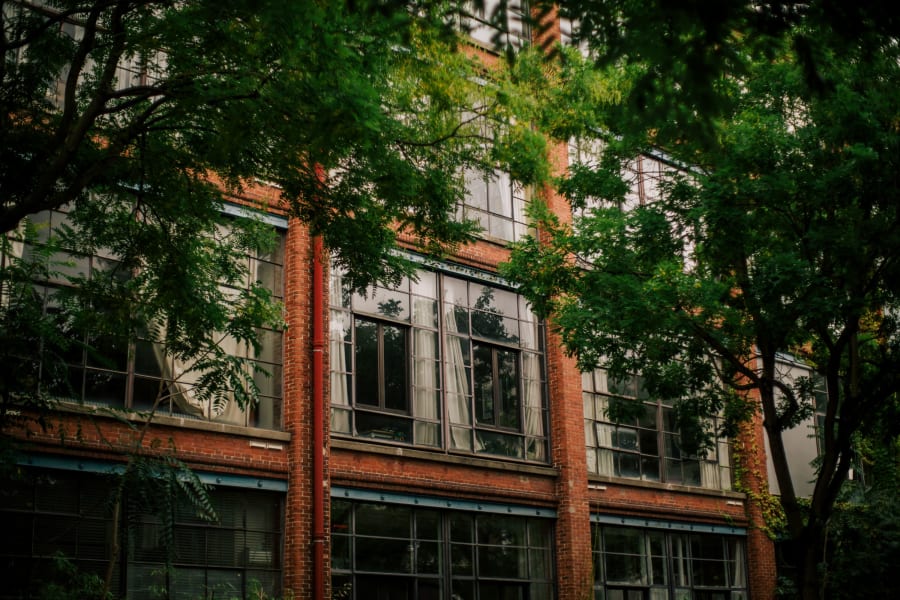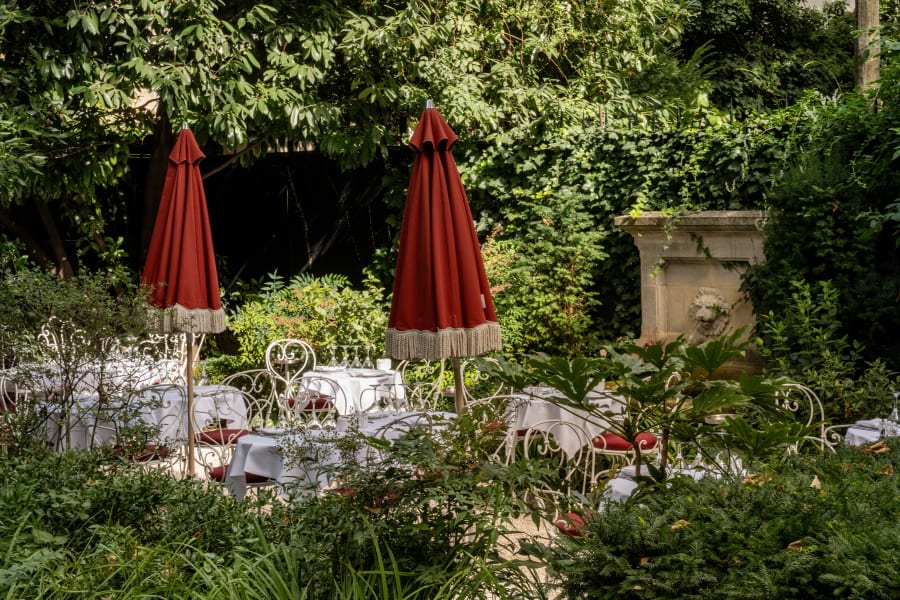French audiences are rarely rattled by subversion - but they might be surprised to find it on display at The Basel Shop. Curated by Sarah Andelman as a concept store that extends the fair experience, the shop lands in Paris with a newly commissioned collection by Claire Fontaine, a ‘readymade’ conceptual artist, founded in 2004 by Fulvia Carnevale and James Thornhill. The duo position themselves as Claire Fontaine’s ‘assistants’ and use sculpture, installation, and text works to explore themes of alienation, migration, and authorship. For the Art Basel Shop, they have transformed their acclaimed ‘Foreigners Everywhere’ series – also the inspiration for the 2024 Venice Biennale – into wearable pieces and accessories, questioning notions of identity and belonging in our interconnected world.
What ideas influenced the development of this collection?
We have been thinking about museum gift shops as complementary experiences to an exhibition, where traces of the artworks that one knows (in the form of postcards and other derived products) become economically accessible to visitors. Some of the items in the shop refer to museum shops as a paradigm for this exercise.
What do you hope visitors take from the collection?
We hope that people will connect with the humor and the subversion within the collection. We have tried to thrive through the few things that commodities can offer: lightness, fun, retinal pleasure.
What were some of the key considerations in adapting ‘Foreigners Everywhere’ into collectible or wearable objects?
The 60th Venice Biennale being named after ‘Foreigners Everywhere’ gave us the unusual experience of being consulted about the production of derived products. We’ve seen how much people enjoy wearing these two words, ‘Foreigners Everywhere,’ on their bodies or tote bags as an ambiguous statement addressing the tragic problems of our time.
How do you feel the particular context of the shop – a space where art and commerce meet – affects the meaning of your work?
What will be in the shop isn’t ‘our work’; these are products designed for this specific exercise. They’re in dialogue with our artwork, they quote it often, and they invite people to think while they buy a present or an object for their pleasure. The artwork has one foot in the world of commodity but the other in the spiritual world – the product is only terrestrial.
How do you envision these objects will be read in the context of Paris today?
Probably as a speculation, and we’re amused by it. For Claire Fontaine, it’s an exercise in testing another format to invest with one’s ideas.
In your view, how can art act as a form of sabotage or disruption in commercial spaces? Or in other words, how can objects designed for sale function as tools of disruption?
We’ve reached a point in our civilization where everything has a price or everything is in a relationship with some kind of economic value. The ‘disruption’ that we can hope for is that people gain awareness, wake up for a second from the torpor that we inflict on ourselves, in order to bear the difficult nature of our present.
You have previously spoken about the limitations of political art in enacting real change, referencing a sense of ‘political impotence.’ Do you feel this dynamic has evolved in recent years, and how do you navigate these challenges within your current work?
Making art is in itself a political action that creates and contributes to a space of freedom. It’s also a practice of freedom. When we’re making and enjoying art, we’re transfiguring reality and gathering energy to transform it. Our work seems to have been sometimes prophetic, so that artworks from 20 years ago – which were probably seen as too radical at the time – are now considered pertinent. Our present is so terrible, and the sensibility of people is so acute, that it’s too difficult just to paint a portrait of our present (which is what we usually do). It can also be hard to keep exploring the discomfort and the anguish. We don’t feel like we have a duty to confront the painful things happening; we just pursue our research on our present and the meaning of being alive in this moment and this space, under capitalism, in wartime, in the era of mass digital surveillance and AI.
How do you envision the future of political art? Do you think the commodification of politically charged art is becoming more difficult to resist, or are there still opportunities for meaningful engagement?
Commodification isn’t a threat, because the supposedly non-commercial space is just the not-yet-commercial or the marginal space. Capitalism isn’t something that can tolerate a parallel system – it pervades absolutely everything at different degrees. What truly matters is the value that is attributed to some gestures and some practices that can help us resist desocialization, isolation, and psychological weakness. As long as we’re able to exist for each other, to construct worlds together, we’re protecting the hope to make art and to live, despite the objectification of the living. Art is not the condition for this; it’s the result of these practices of resistance. We should worry about the banalization of oppression and the criminalization of protest. The normalization of the brutal actions of the police and the high tolerance that our societies express towards war are very dangerous for our future as a society. It seems that by the time we come to regret them, it will be too late.
The AB by Claire Fontaine collection will be exclusively available at The Art Basel Shop during Art Basel Paris from October 18 to 20, 2024. Get your tickets here.
Claire Fontaine is represented by Mennour (Paris) and Galerie Neu (Berlin).
Caption for header image: Campaign for The Art Basel Shop.
Published on October 9, 2024.


